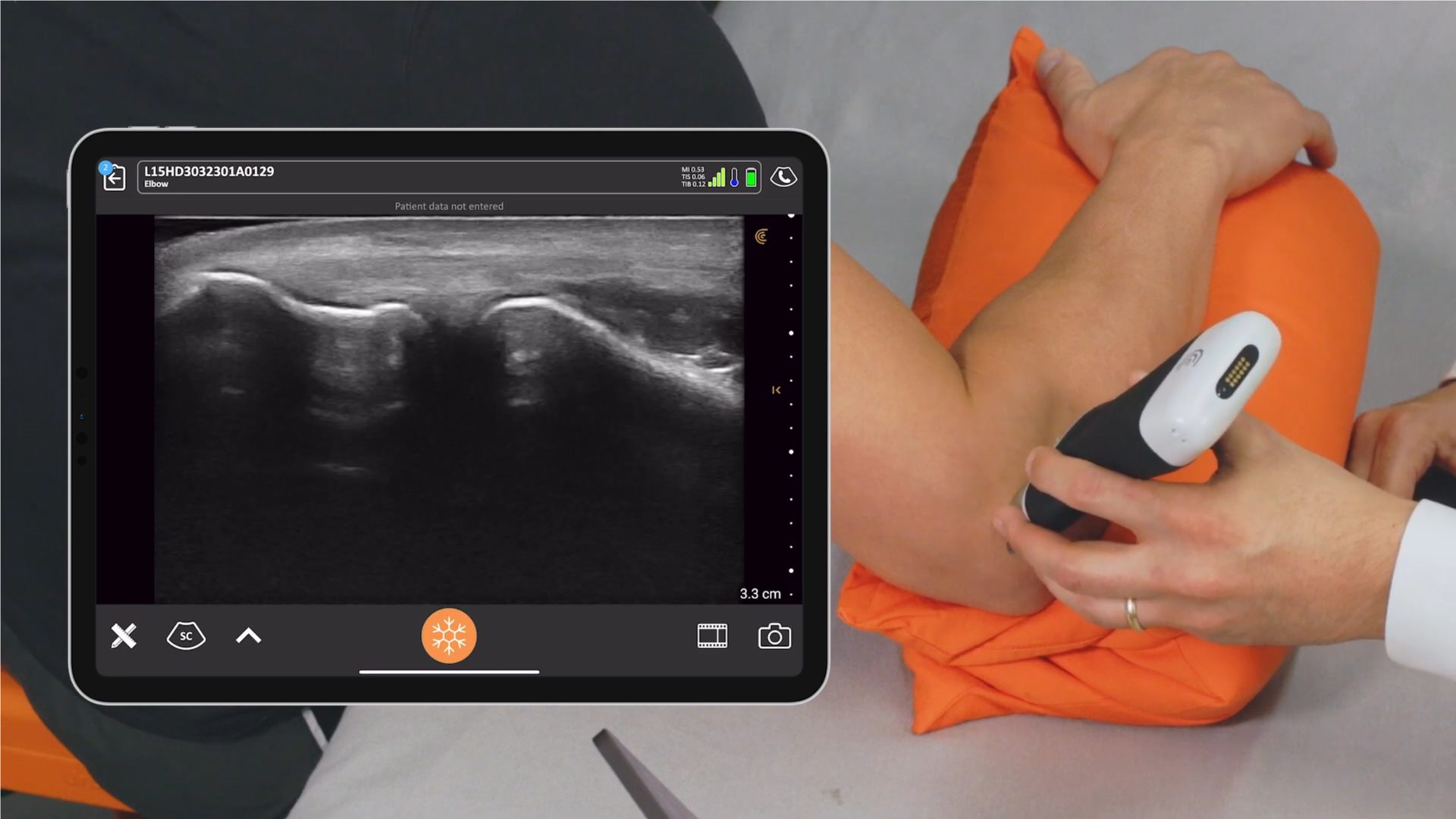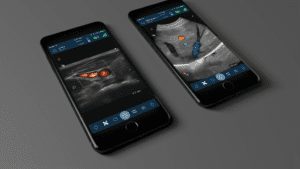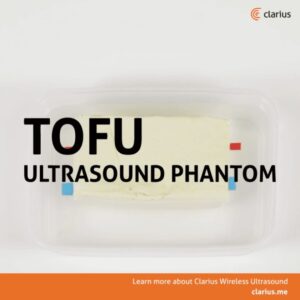
Today’s guest post comes from Brad Nichol, Clarius‘ Director of Medical School Sales, North America. Brad discusses the evolution of point-of-care ultrasound training over the course of his career.
During my 30 year career, the ultrasound industry has changed dramatically. In the 1980s, ultrasound equipment could virtually fill a room and required years of education to use and interpret. Now I can easily hold the Clarius Ultrasound Scanner in one hand. At the same time, ultrasound training has also seen a rapid evolution with the rise of point-of-care ultrasound (POCUS).
Over the past decade, POCUS has grown from a niche field of interest into an increasingly mainstream medical movement. Aside from advances in ultrasound technology, which has made devices smaller and more affordable, the efficiency of POCUS training has also played a big role.
While a comprehensive mastery of ultrasound might take years of specialized education, the basics of POCUS can often be taught in a few weeks to clinicians with deep understand of anatomy. Teaching experienced physicians how to use ultrasound is now an integral part of continuing medical education for many specialties.
Recent studies have shown that ultrasound training is even most effective when it is integrated into the core medical curriculum. Such programs allow for much better skill acquisition and retention of knowledge. A number of medical schools have been experimenting with this model, and have seen considerable success.
Loma Linda University School of Medicine (LLUSM) has developed a POCUS program that is formally integrated into their undergraduate medical curricula. In LLUSM’s Physical Diagnosis course, for example, using ultrasound in the physical exam reinforces knowledge of the human anatomy. Descriptions of heart physiology become much more meaningful when an ultrasound probe is placed on the chest and a live, beating heart can be visualized on a screen.
One of LLUSM’s main challenges was not having enough ultrasound equipment. Thanks to the buy-in of faculty and students, the School of Medicine was able to commit financial resources to buy new equipment each year.
I am confident that the emergence of lower cost and easier-to-use ultrasound devices is going to increase the viability of implementing POCUS curriculum in medical schools. I have spoken to many ultrasound educators who are excited about using Clarius for teaching. They are especially intrigued by the potential to maximize scanning time in the classroom, since several Clarius scanners can be acquired for the cost of a single traditional system.
Clarius Mobile Health will be attending the World Congress on Ultrasound in Medical Education being held in Montreal, Canada in October. I look forward to inspiring even more educators to consider the possibilities of using our personal ultrasound device to educate the next generation of physicians.














